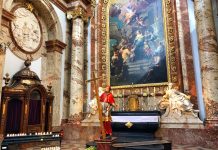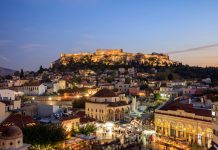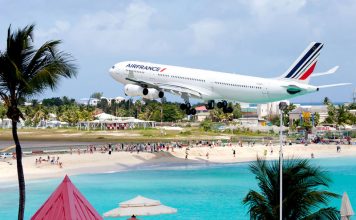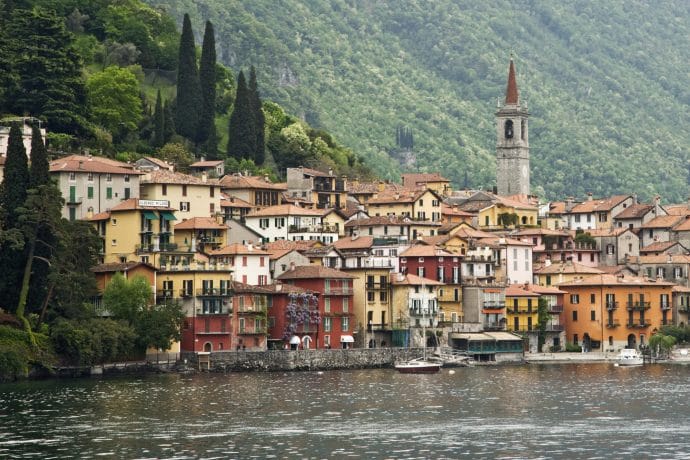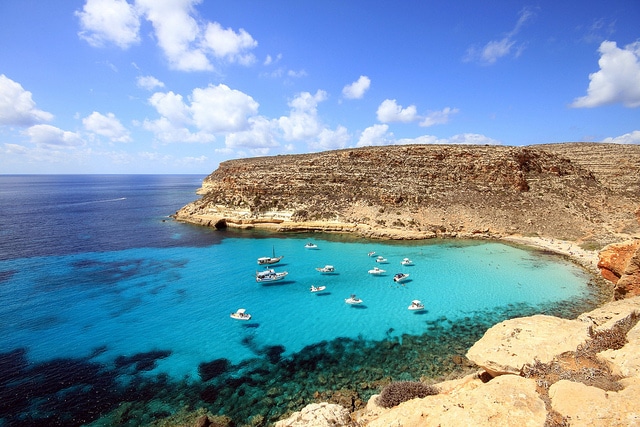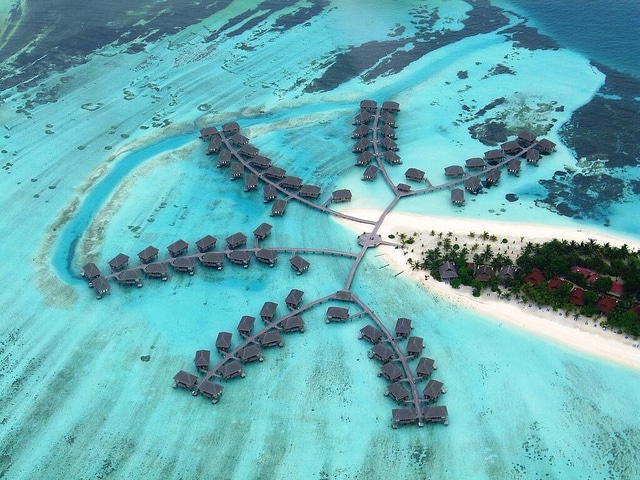The German expressionism owes its origin mainly to the founding of the movement “Die Brucke”. In 1905 in Dresden a group was formed by 4 German expressionists: Fritz Bley, Erich Heckel, Ernst Ludwig Kirchner, Karl Schmidt-Rottluff Formaro that led to a movement called Die Brucke (The Bridge). Die Brucke developed a common style based on vivid colors, emotional tension, violent images and had some influence of primitivism. Many of these works can be admired in the museums of Berlin and Monaco of Bavaria. If you want to travel to Germany you have to know that the Art Gallery of Monaco is divided into 3 museums: The Pinakothek der Moderne, the Alte Pinakothek, and the Neue Pinakothek.
Pinakothek der Moderne
The Pinakothek der Moderne is the largest museum of international modern and contemporary art, drawings and graphics, architecture and design in Germany. With its impressive glass dome which is 25 meters high, it marks the starting point for all tours of the building.
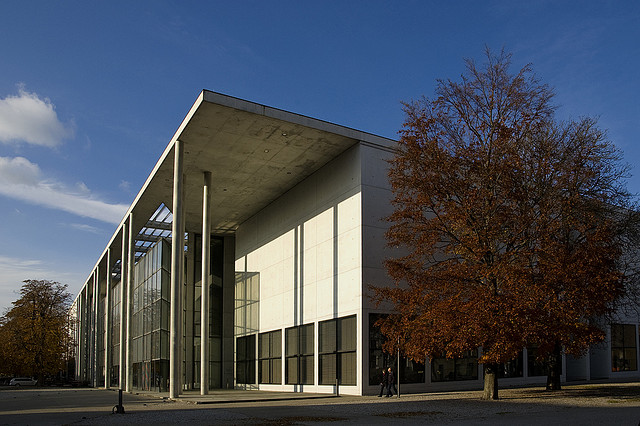
Painters: The Flemish Primitives, Cranach, Durer, Botticelli, Raphael, Tintoretto, Titian and Flemish painting of the sixteenth and eighteenth centuries, Greek, Velazquez, Fragonard, Jan Bruegel, Goya, Delacroix, Monet, Cezanne, Van Gogh.
Masterpieces:The Crowning with Thorns Titian, The Virgin and Child by Leonardo da Vinci, The lion hunt by Rubens, Le Pont d’Argenteuil by Claude Monet, Te Tamari No Atua by Paul Gauguin.
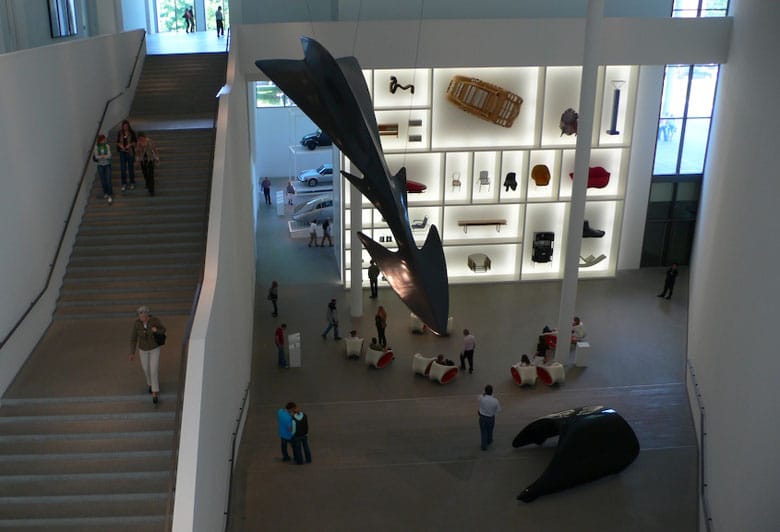
Alte Pinakothek
The Art Gallery (now the Alte Pinakothek), constracted by Lugwig, King of Bavaria, was opened in 1836. The Alte Pinakothek was rebuilt in 1957 by Hans Dollgast, since it was heavily damaged during the World War II. It was more than just rebuilding, as several sections of the facade have been replaced with bricks. The museum has become an architectural example of post-war reconstruction. The ‘Alte Pinakothek brings together works by various European schools from the fourteenth to the eighteenth century and also hosts a section of the early German and Flemish works.
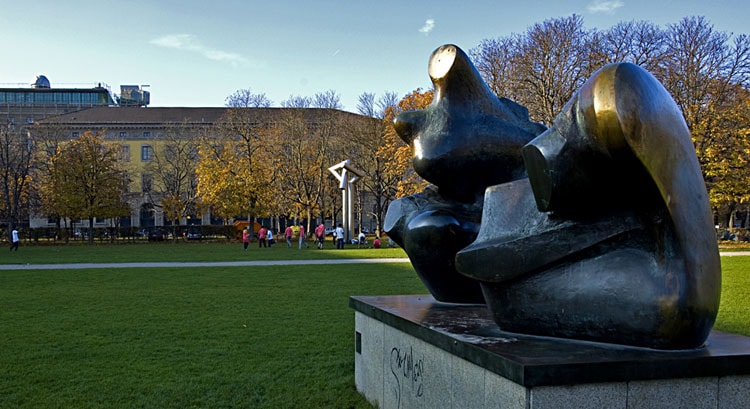
High & Neue Pinakothek
Founded in 1826 by Ludwig I of Bavaria, the Munich Pinakothek of Monaco is home to one of the largest collections of classical art in the world, almost on par with the Prado, the National Gallery and the Louvre. Neue Pinakothek opened its doors in 1981 and replaced the previous building, dating back to 1853, which was destroyed in World War II. Ludwig I. had commissioned the building to be designed by Friedrich von Gartner and August Voit. It is located in front of the Alte Pinakothek. La Neue Pinakothek houses works from the period after the French Revolution (1790) up to the Symbolism and Liberty (1910). It was rebuilt by Hans Dollgast after the Second World War. The ruins of the Neue Pinakothek were demolished and replaced by a modern new building in accordance with the plans of Alexander von Branca, who took over not only the gallery of the Neue Pinakothek but also the administration of the Bavarian Staatsgemaldesammlungen and Doerner Institute. Its interior is arguably considered one of the finest buildings of the post-war Germany thanks to the rich variety of exceptional sequence of well-lit rooms, geared to meet the requirements of the works on display.

Alte Nationalgalerie – Berlin
Opened in 2001, this museum was born in 1876 in the famous Museum Island (Museum Insel) in Berlin to host the cream of German art of the period, including paintings by Friedrich. Its collection of paintings and sculpture of the nineteenth century is rare, but do not forget the emphasis given to the French impressionists. Painters: Caspar David Friedrich, Arnold Bocklin, Karl F. Schinkel, the impressionists (Renoir, Corot, Pissarro, …), Max Beckmann, Camille Claudel. Masterpieces:Monaco by the sea by Caspar David Friedrich, The Isle of the Dead by Arnold Bocklin, The Wave Gustave Courbet, flax spinners Lieberm Max.
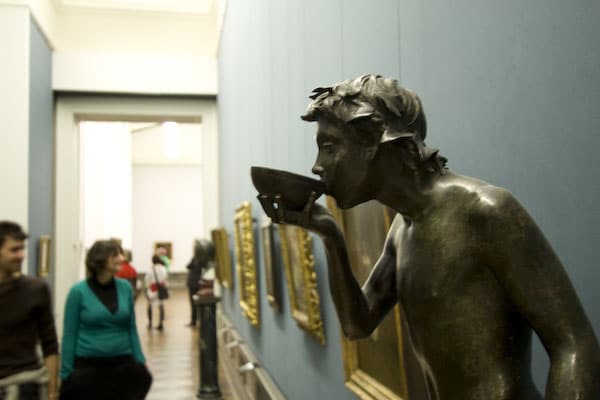
Pergamon Museum – Berlin
Located in the Museum Island (Museum Insel) in central Berlin, the Pergamon Museum contains one of the largest collections of antiquities in the world.The museum is named after the ancient city of Pergamon, where most of the exhibits were found. The Pergamon Museum is home to three different collections:
- The collection of ancient art (antiquities)
- Museum of the Near East (Vorderasiatisches Museum)
- The Museum of Islamic Art (Museum fur Kunst Islamische)
One of its most famous works is the Altar of Zeus in Pergamon which was taken with the permission of Sultan Abdul Hamid.In addition to antiques, do not miss the Museum of the Middle East, which covers more than 4000 years in the region, including the Babylonian art.
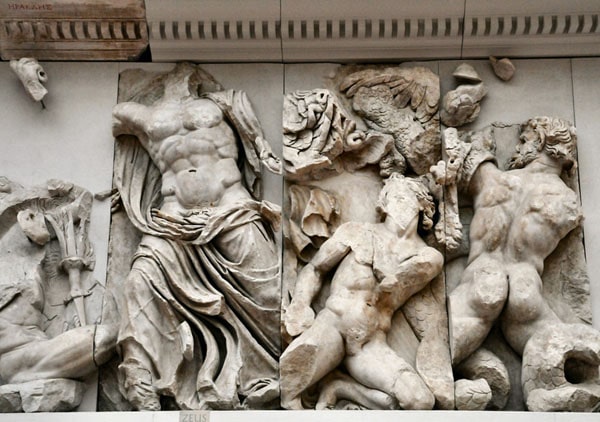
Finally, carpets, miniatures and photographs of the Islamic Museum tell the story of this civilization from the ‘Empire of the Sassanids. Masterpieces: The Altar of Pergamon (II sec.) Roman Market Gate of Millet (second century AD.) Ishtar Gate and path processions of Babylon (sixth century BC). bas-reliefs of the palace of Nineveh (seventh century BC).
By Niko K
Photos:Photo 1: digital cat photo 2 ayearineurope, photo 3 digital cat,photo 4 Allie,photo 5 Luk, photo 6 mbell‘





